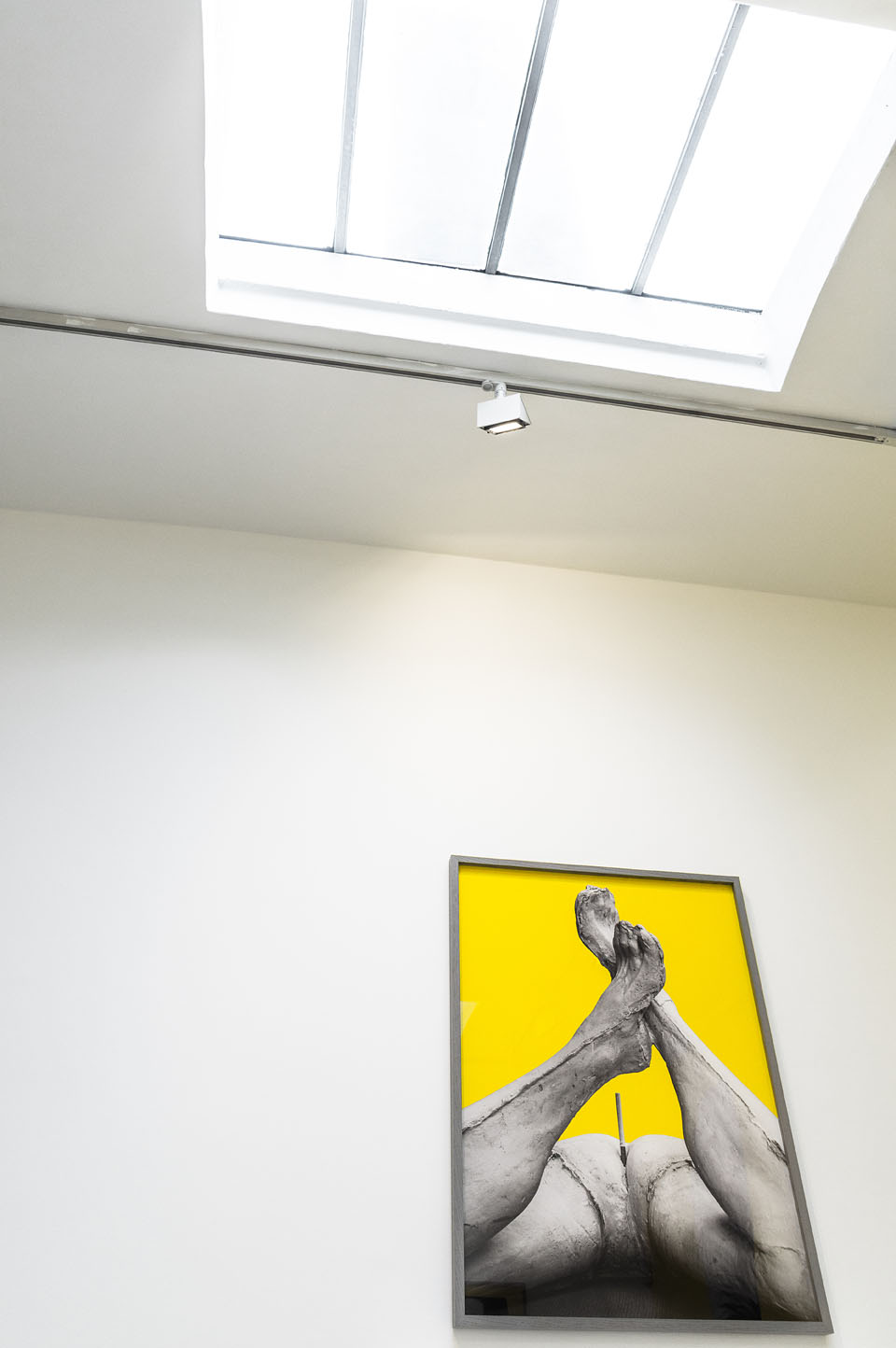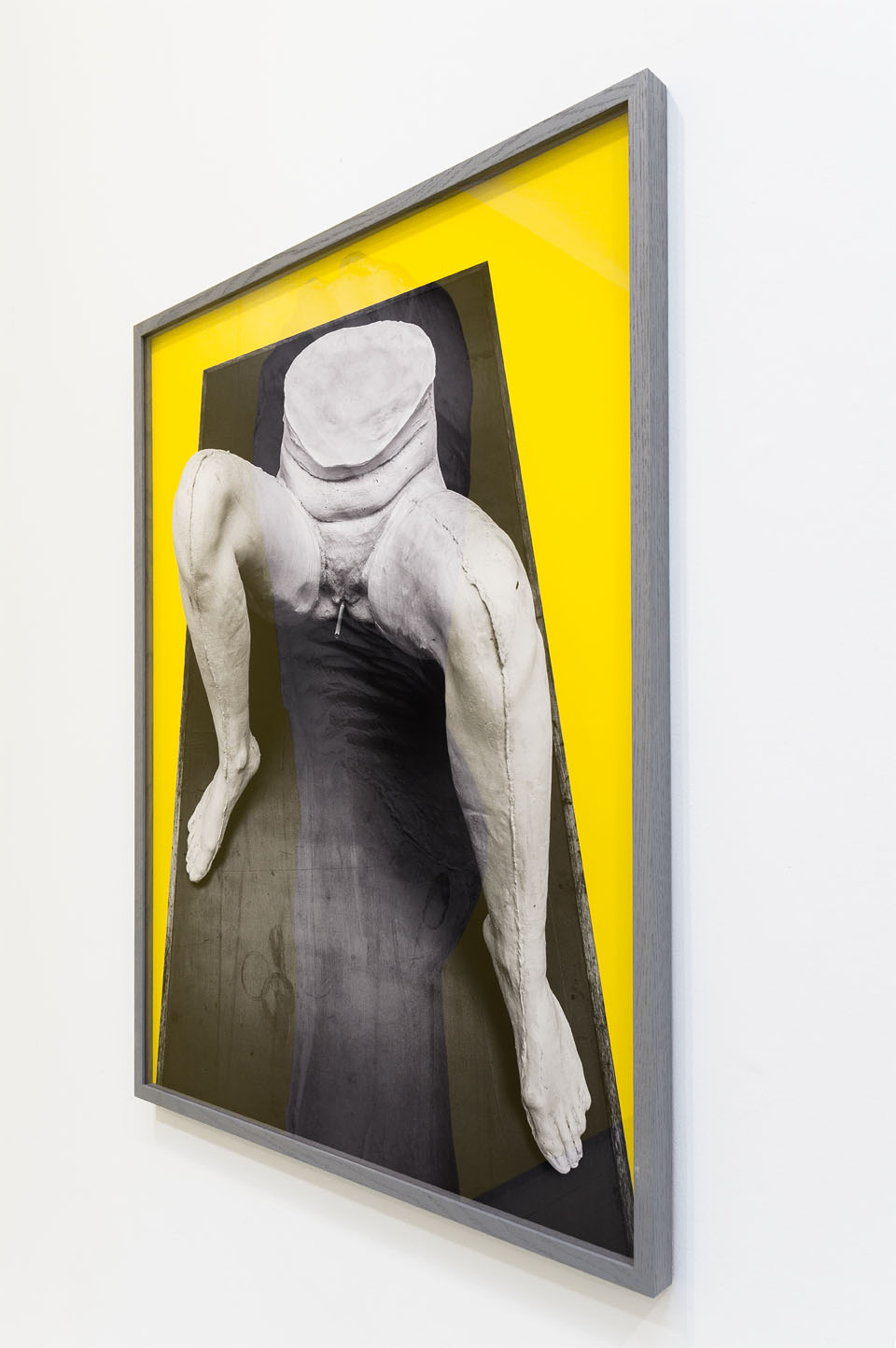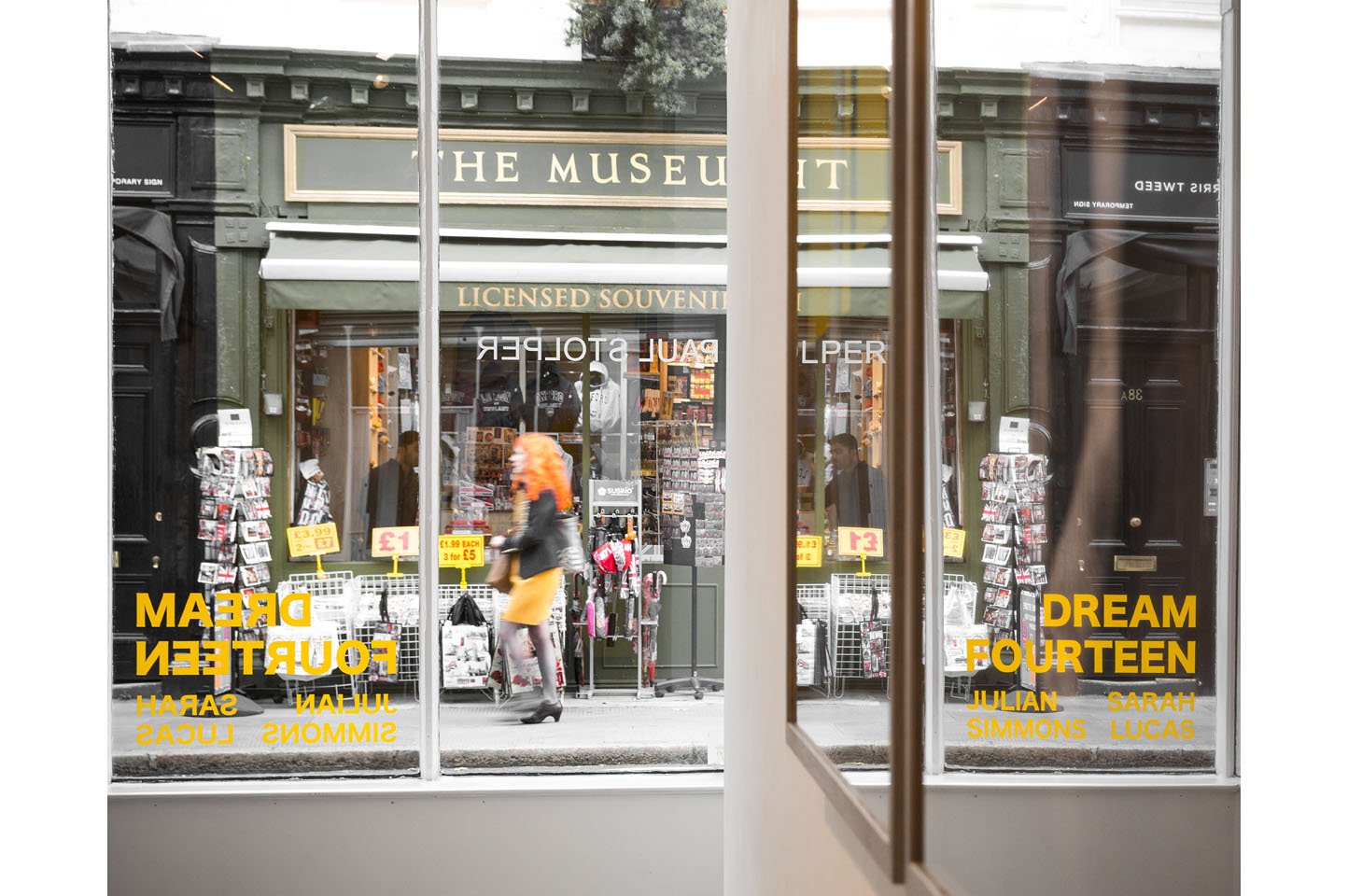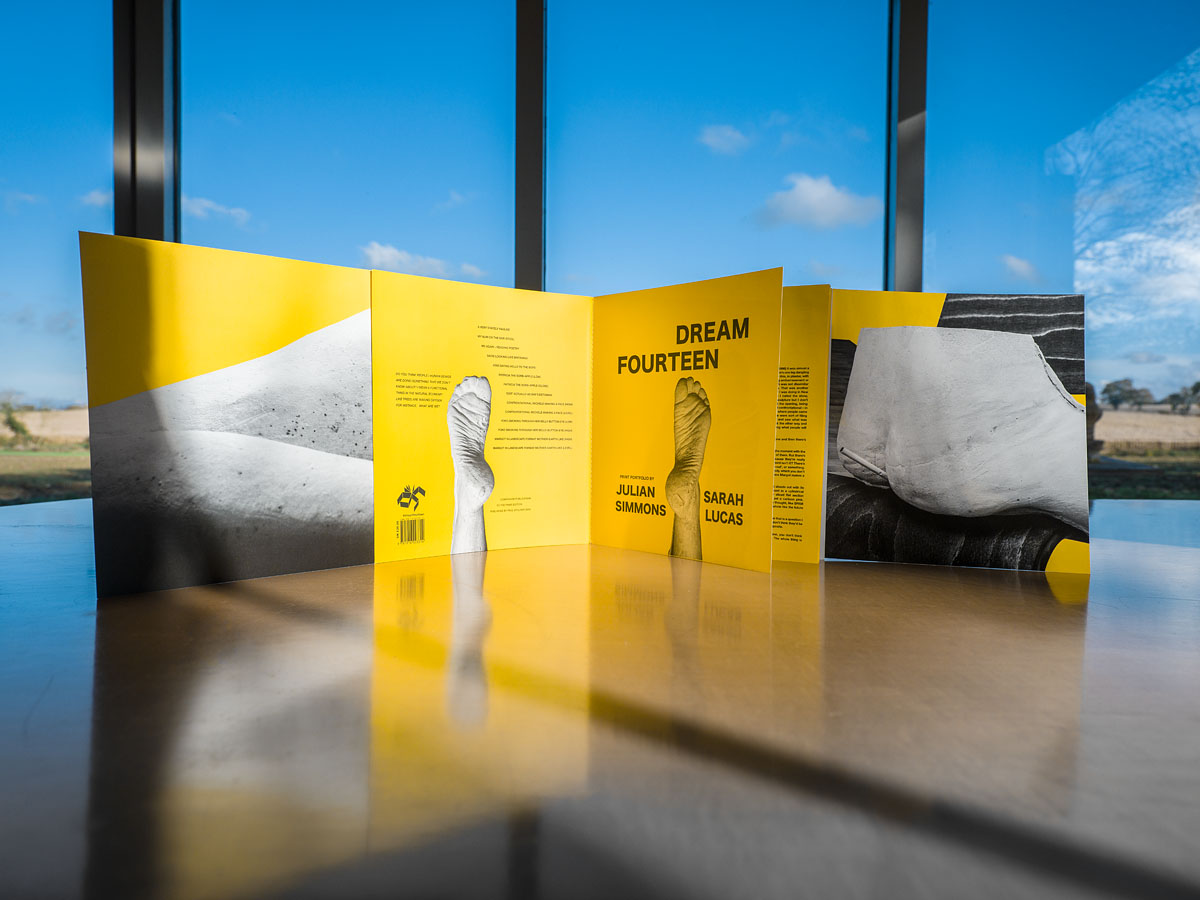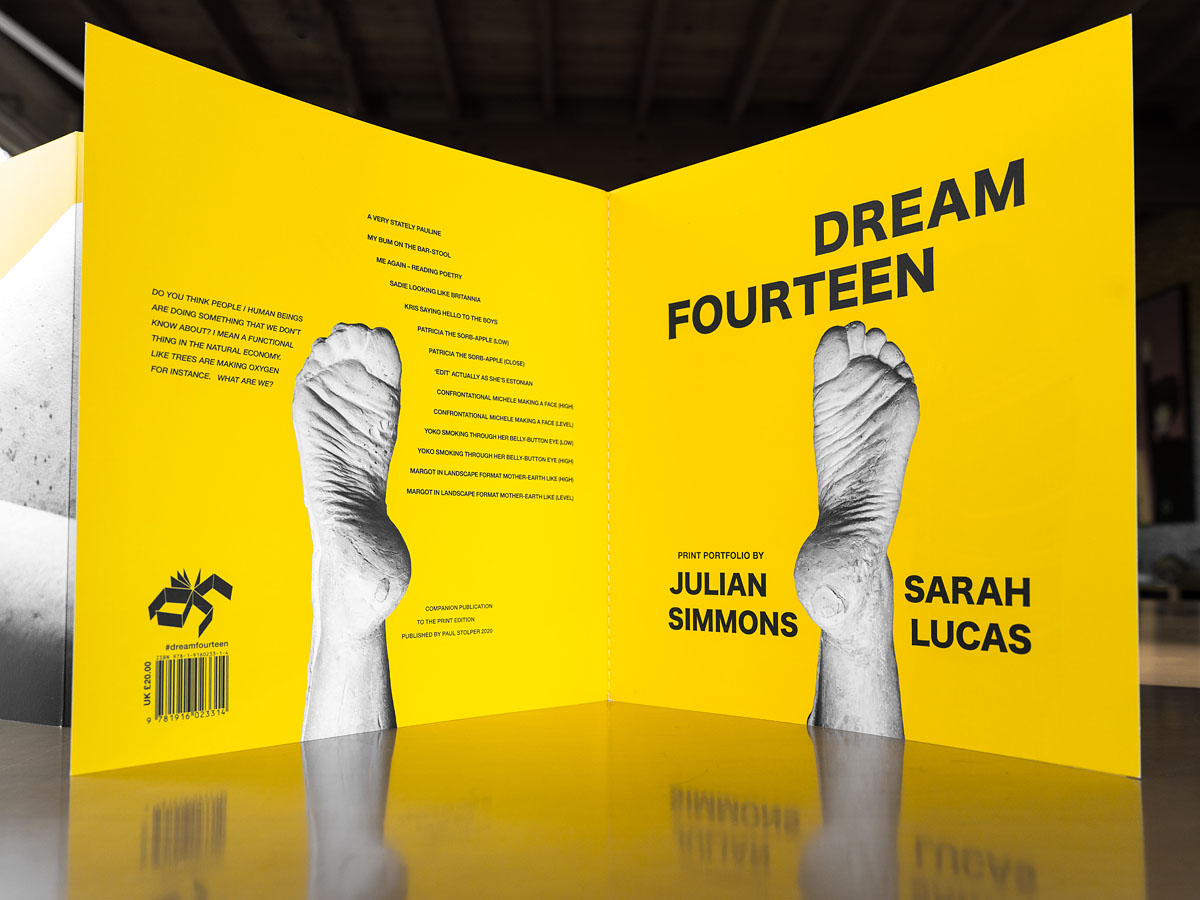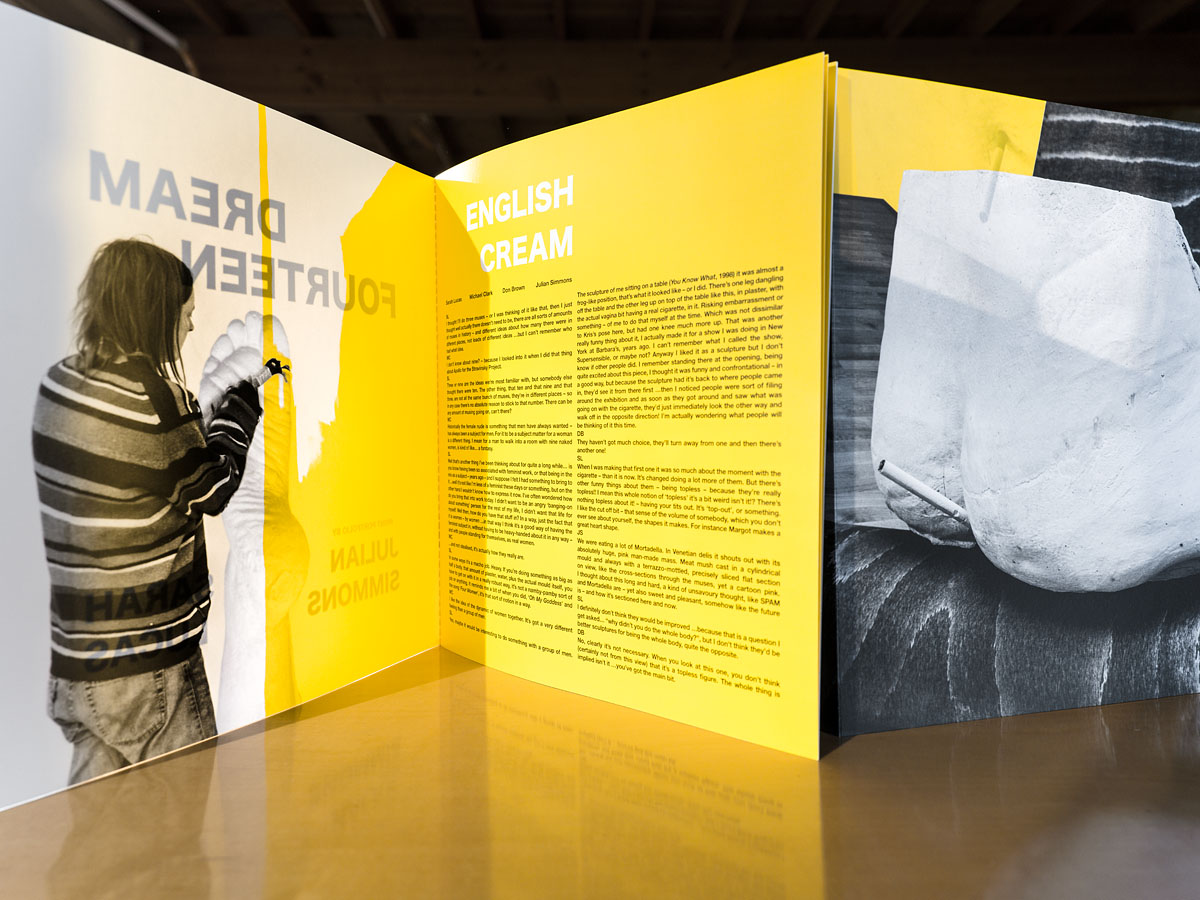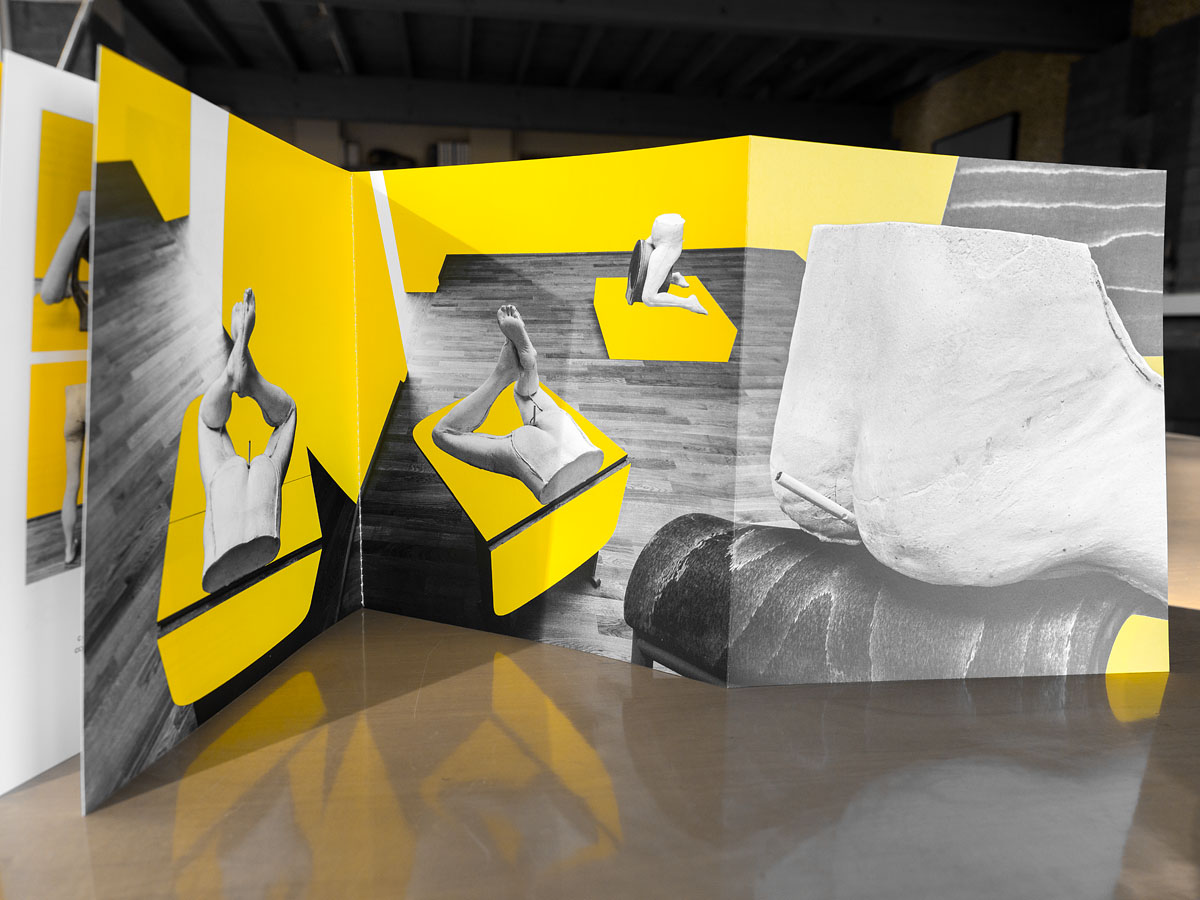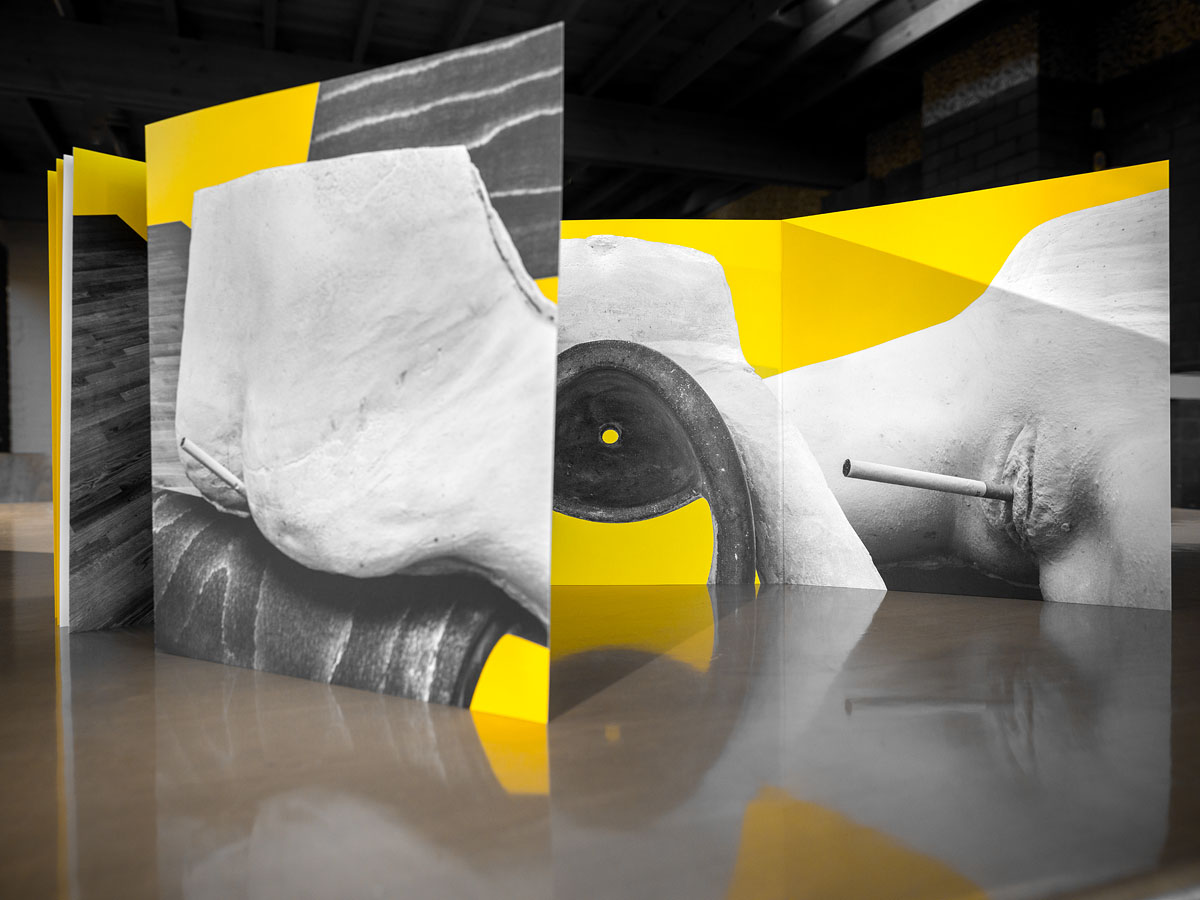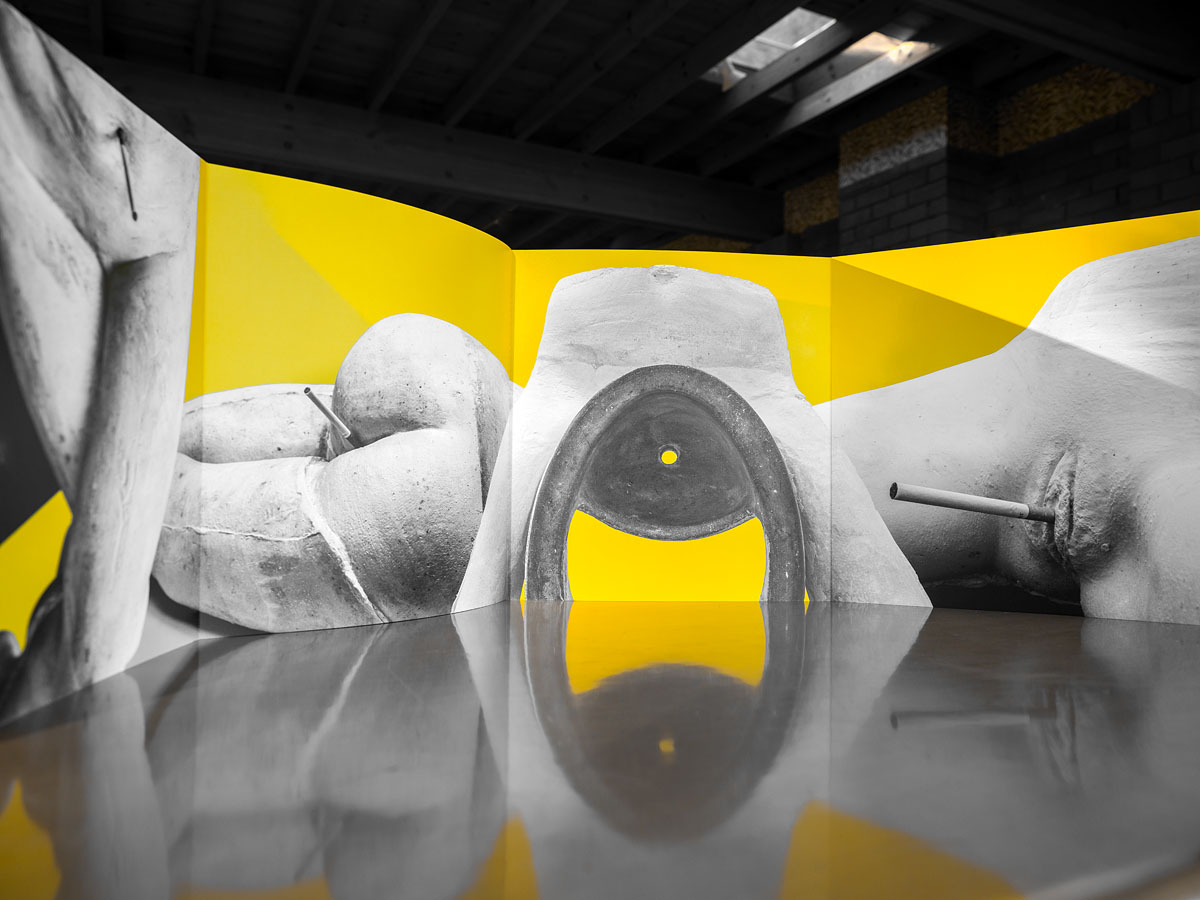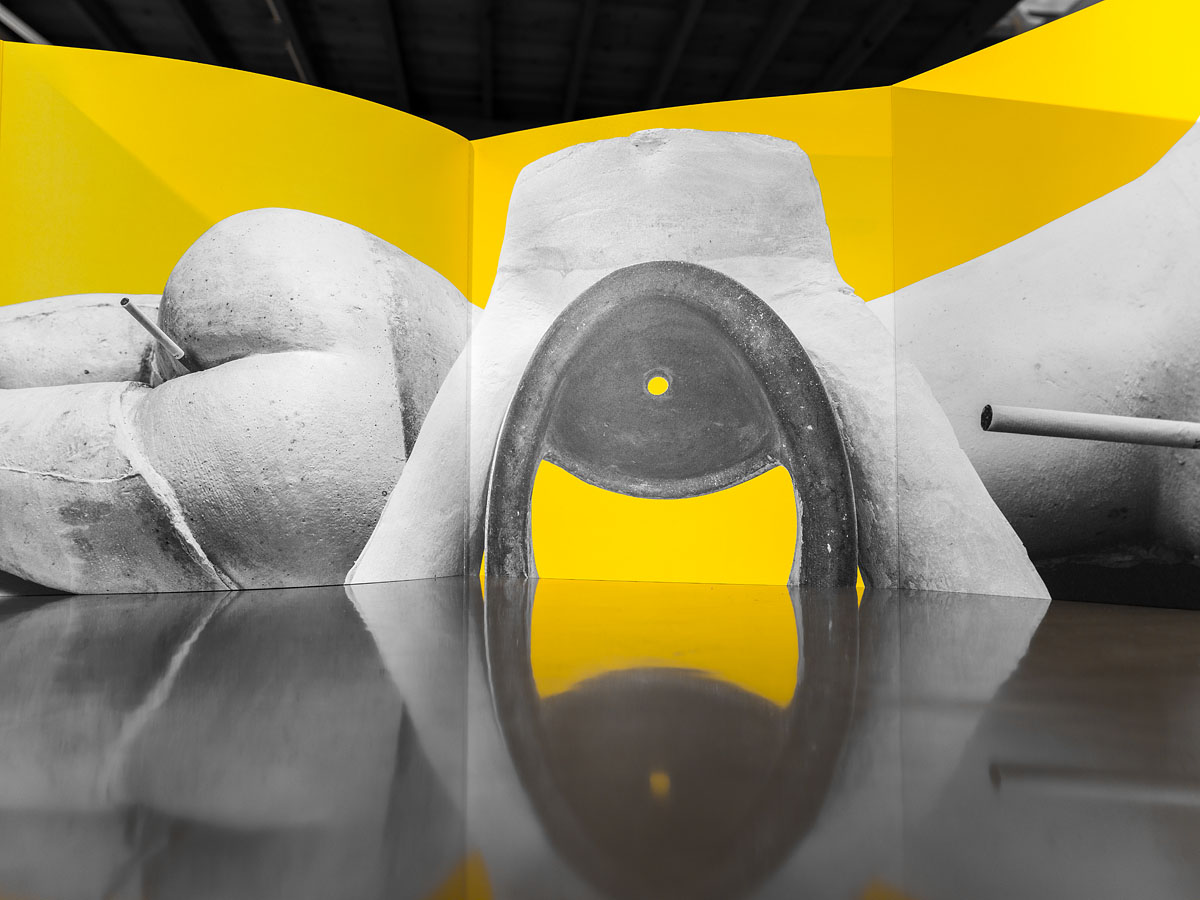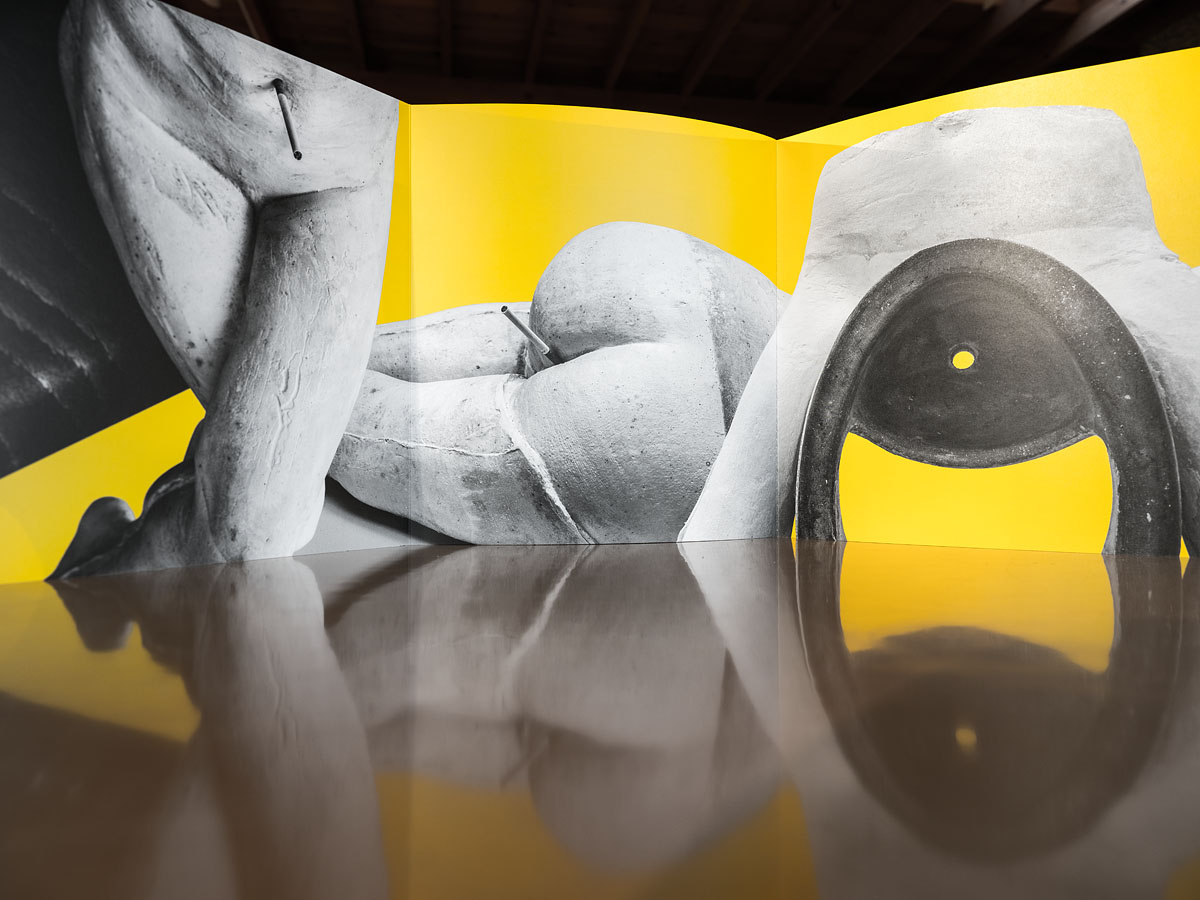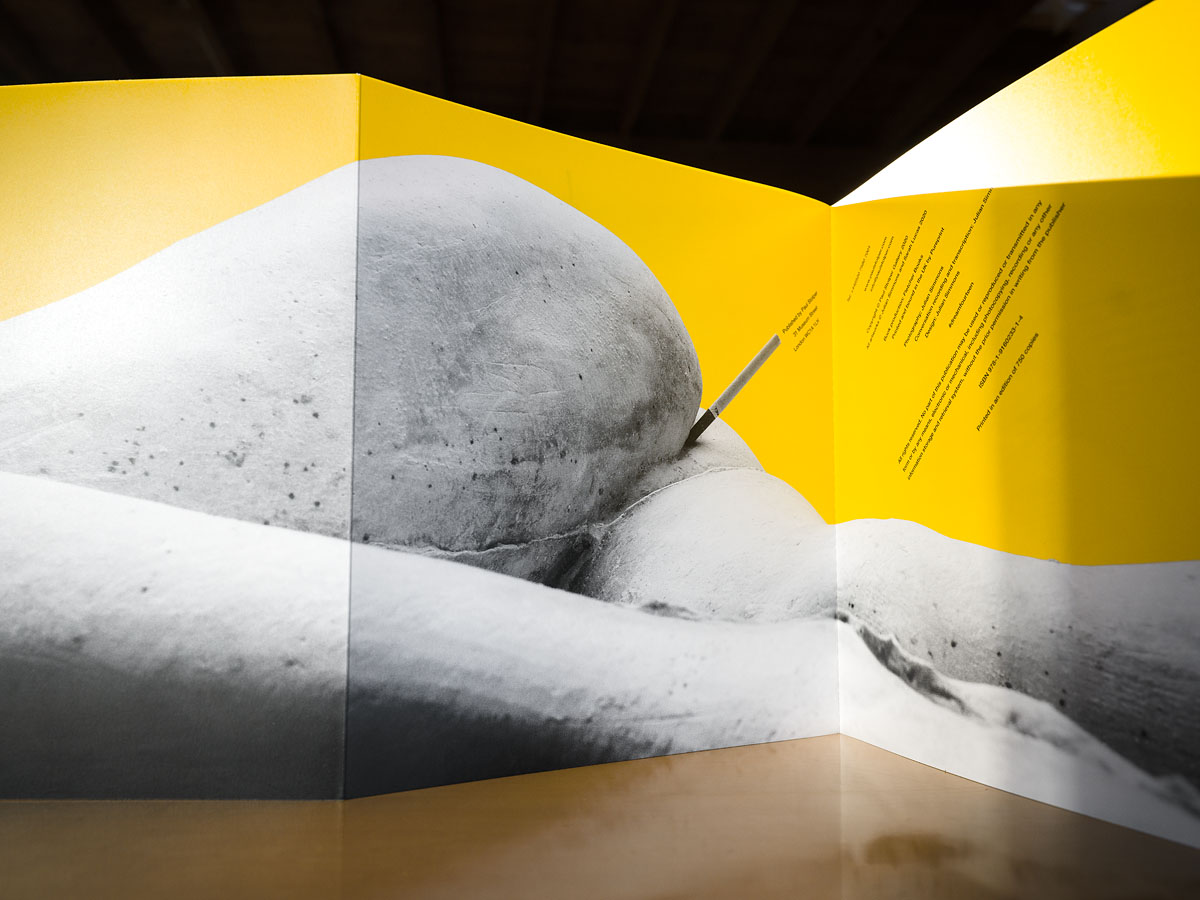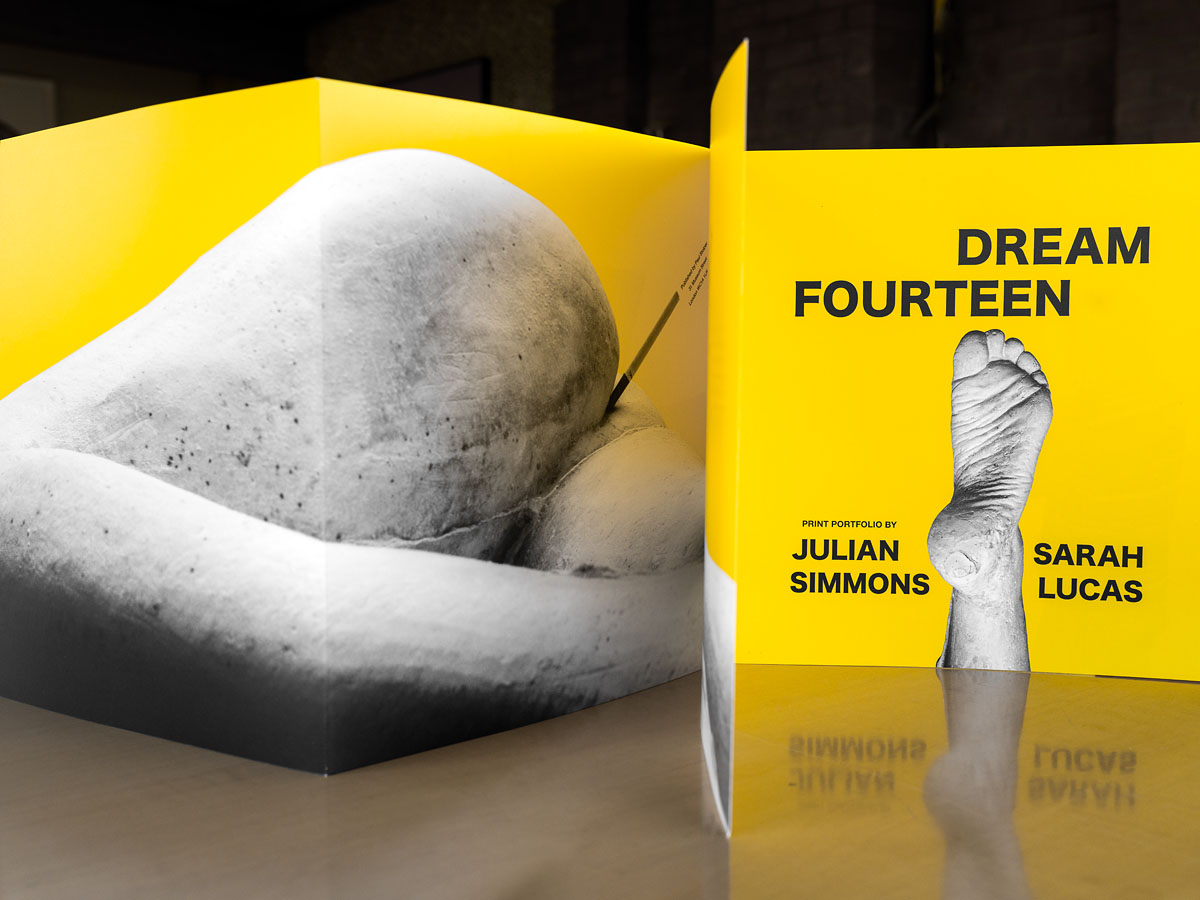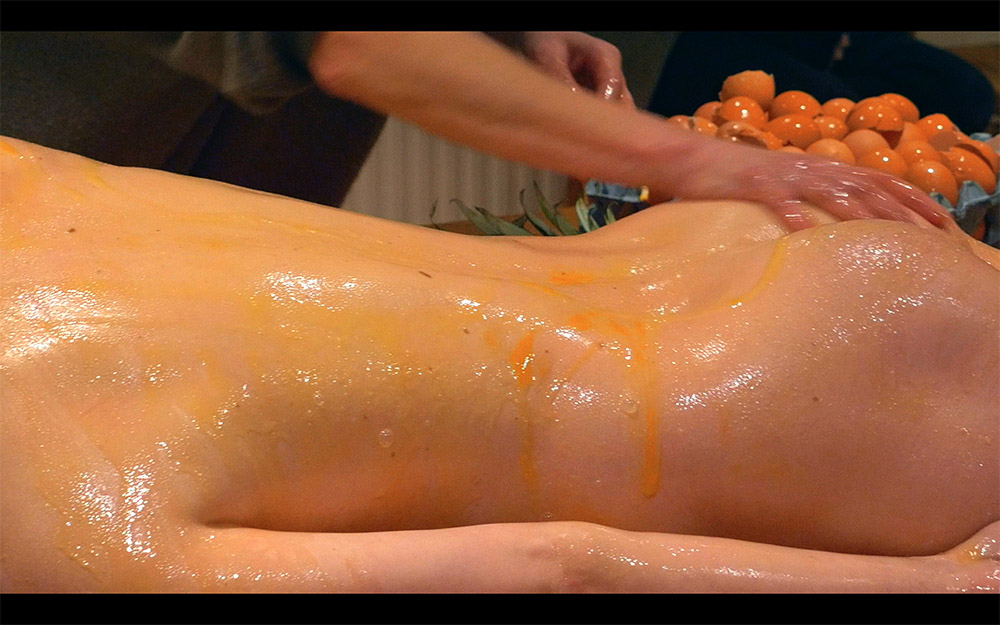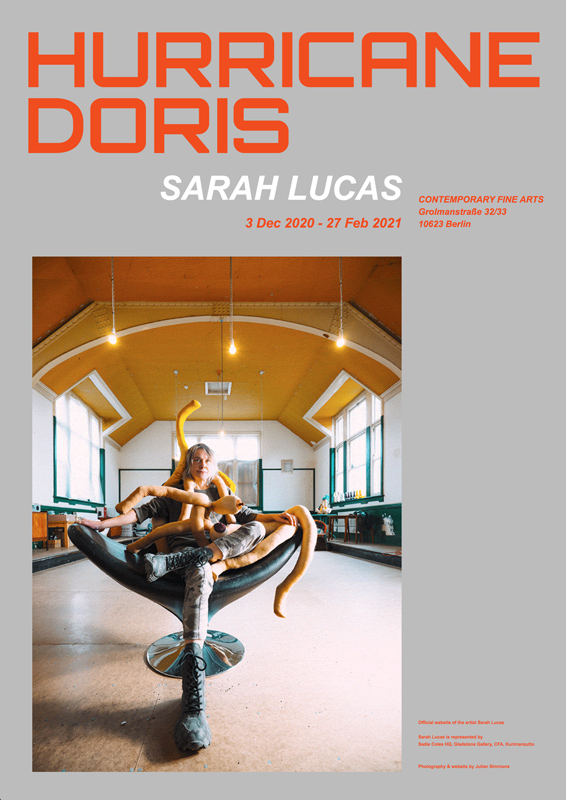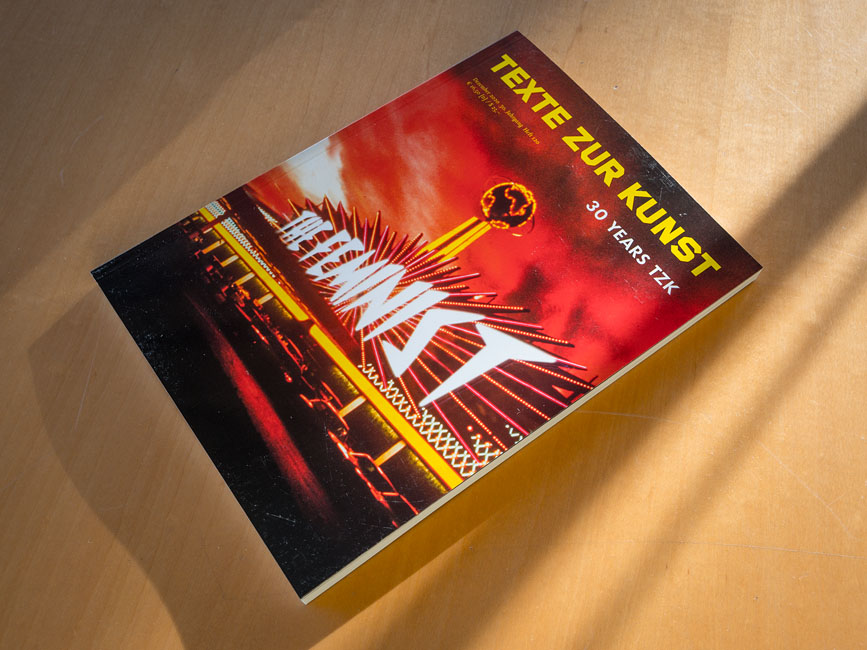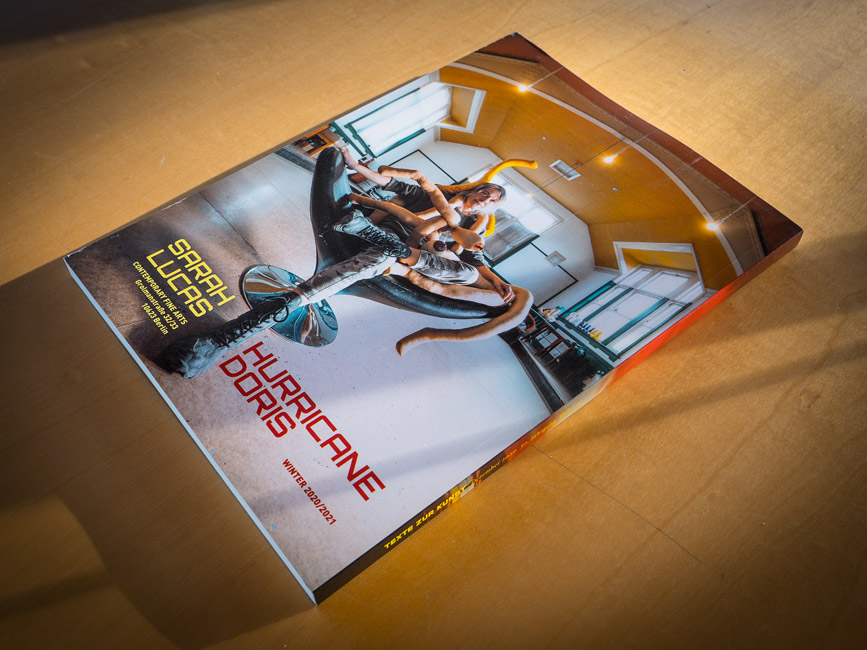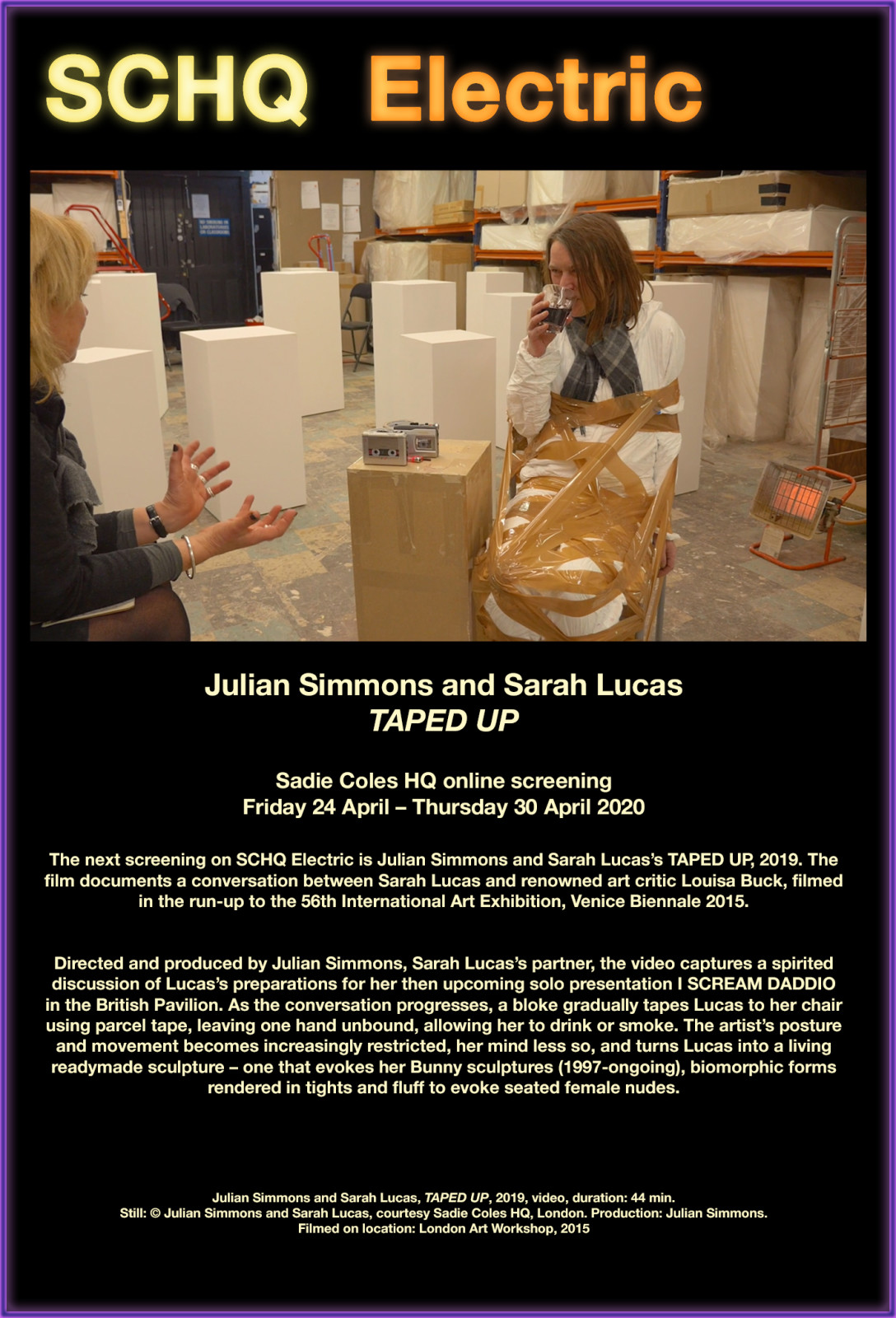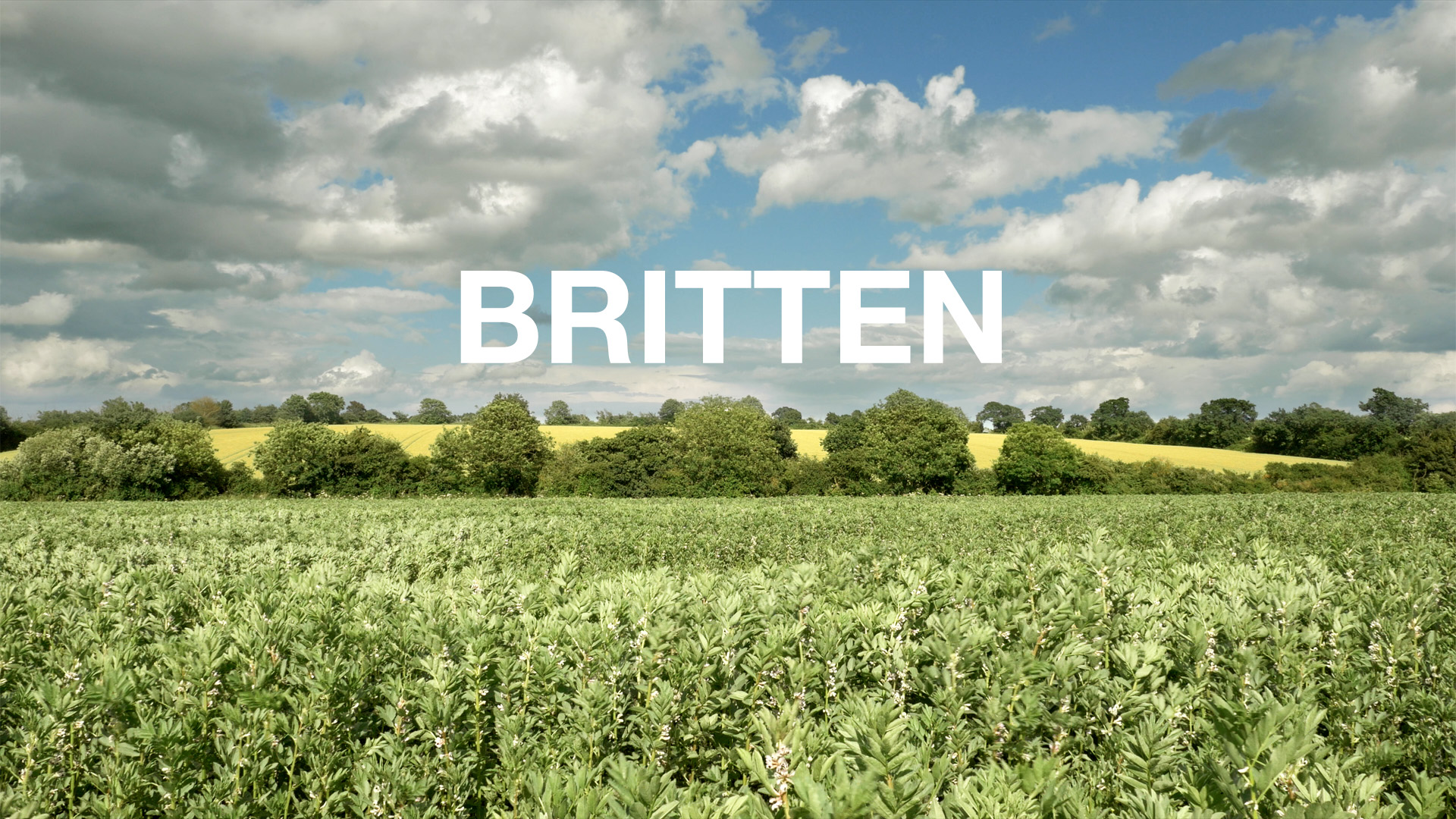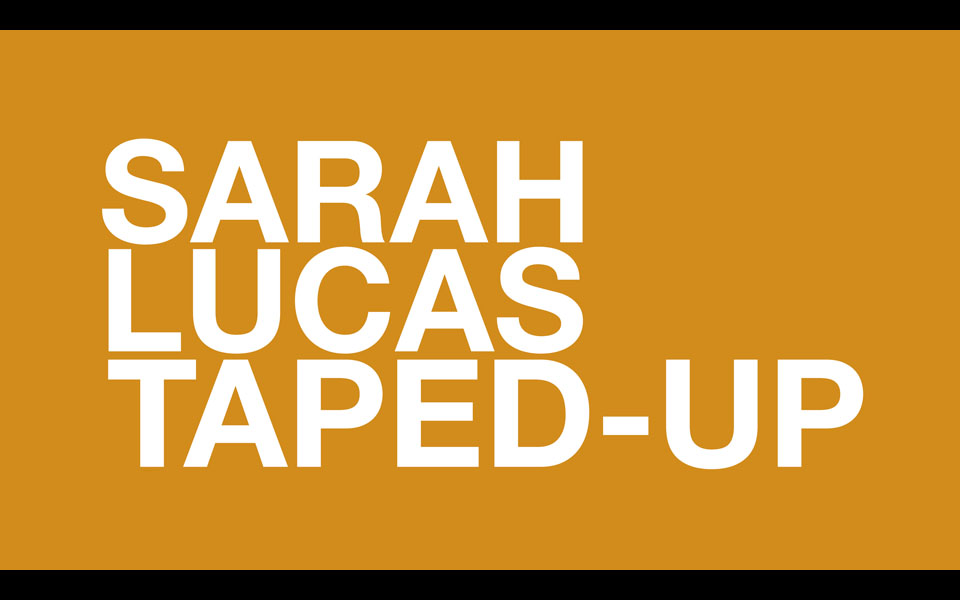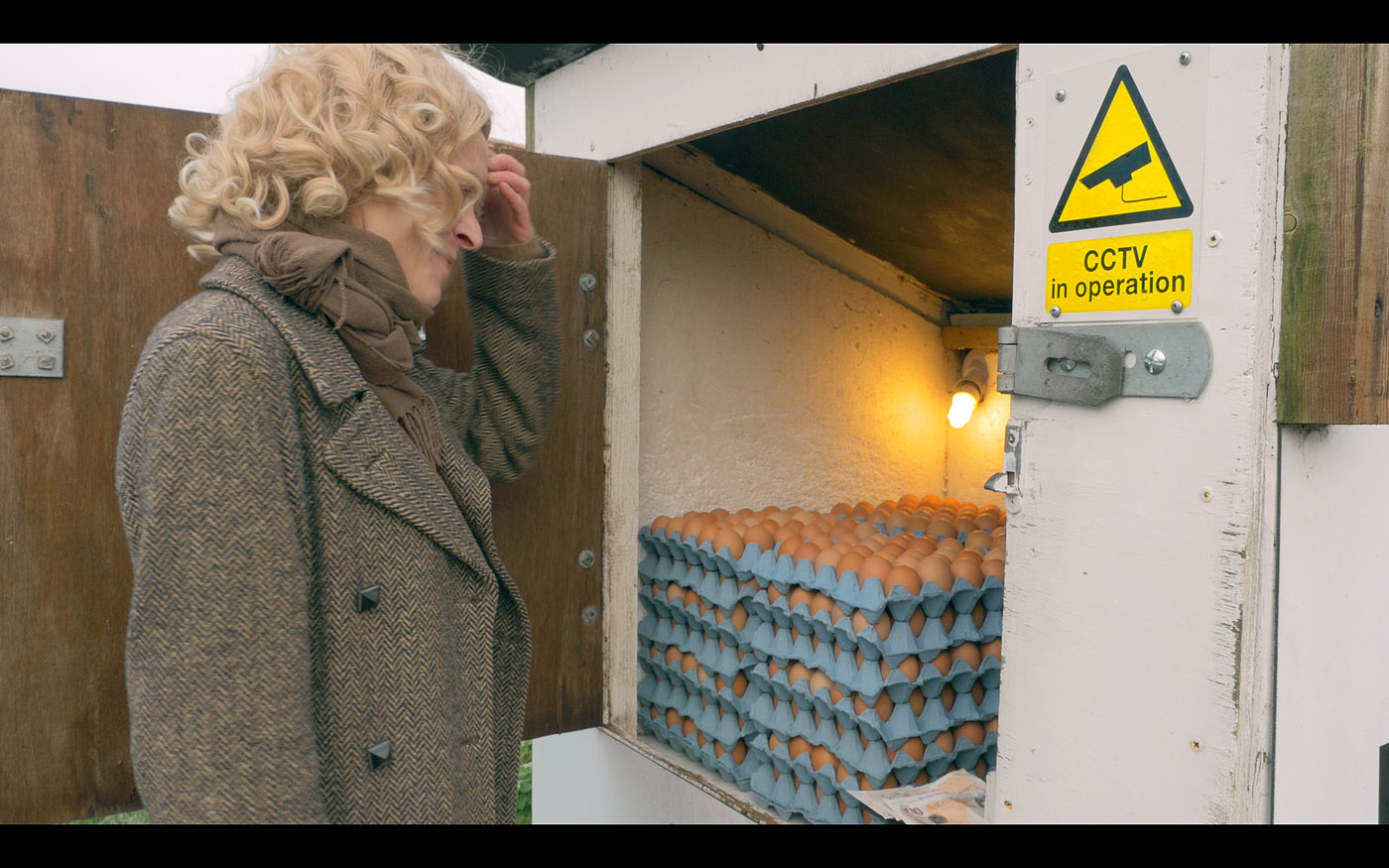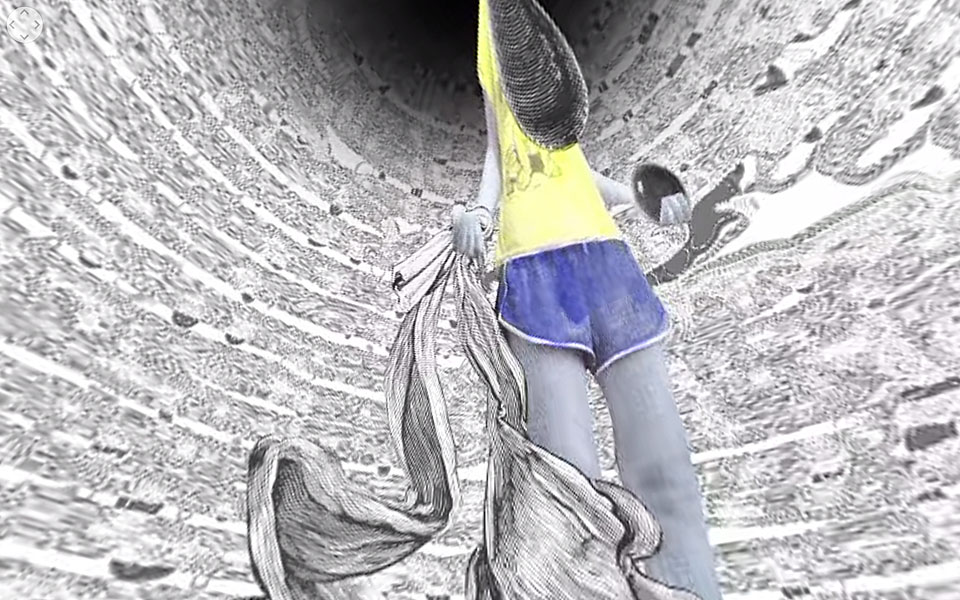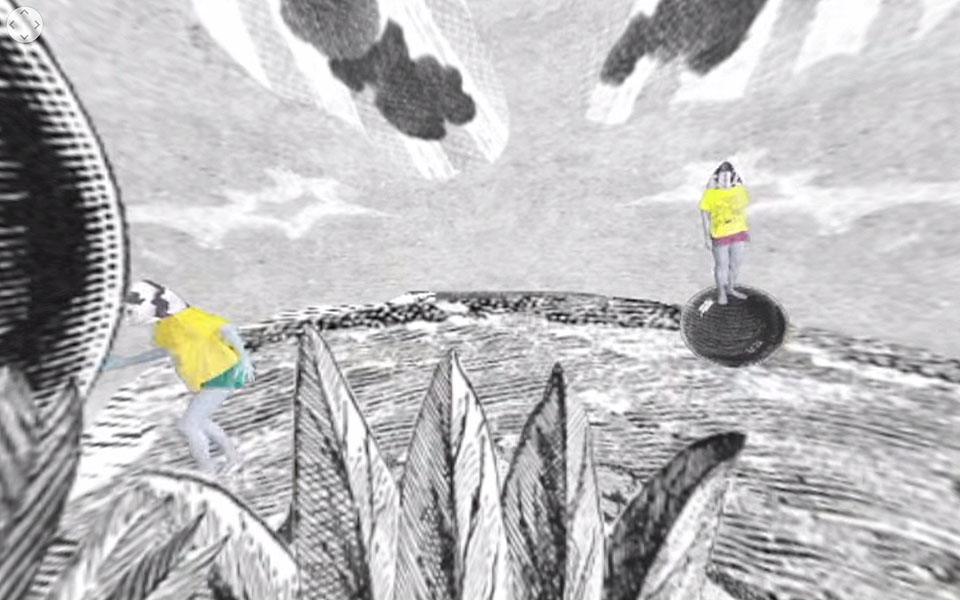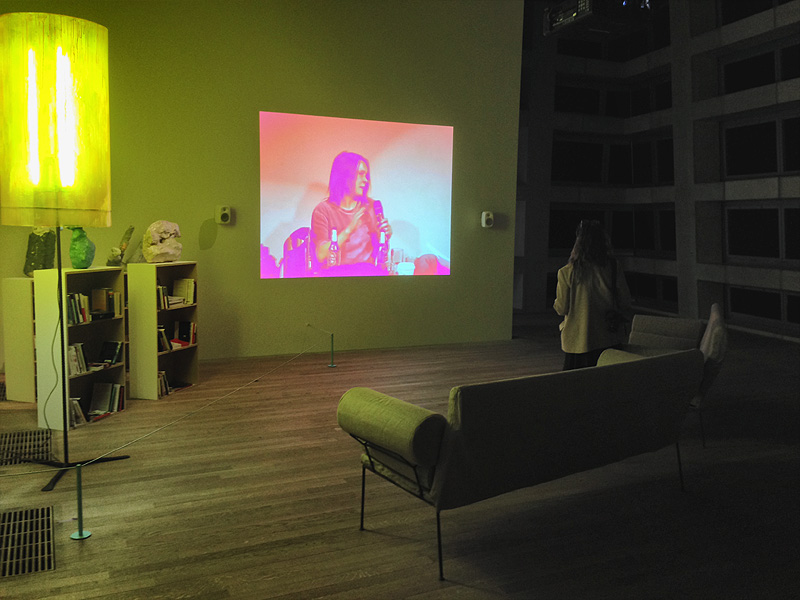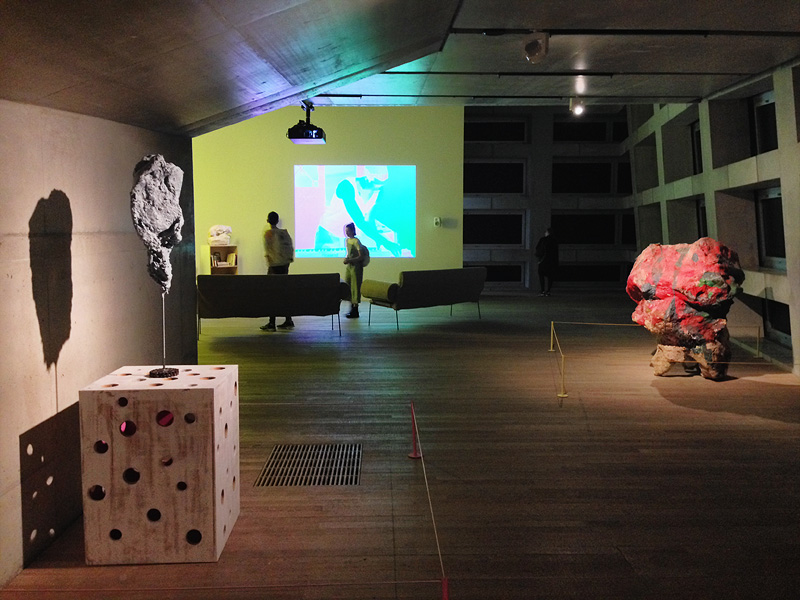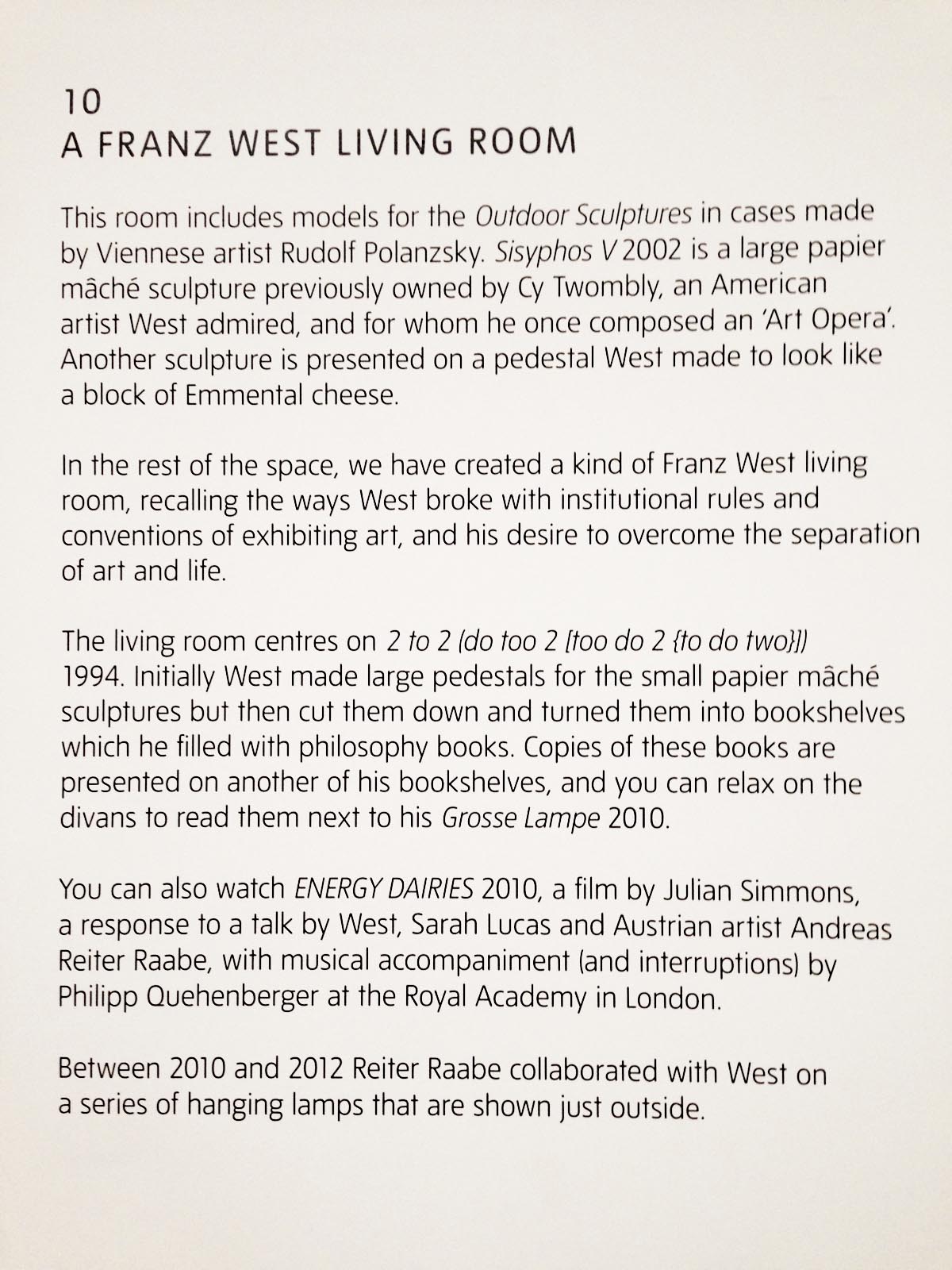If you have a professional requirement for extreme audio time-stretching, especially in the natural history domain, please use the contact details above
WORLD LEADER IN EXTREME TIME-STRETCHING OF AUDIO
TRANSIENT DETAIL INSPECTION OF MULTI-SECOND EVENTS
EXTREME EXPANSION OF MICRO-SOUND / MILLISECOND EVENTS (~0.001 SEC)
INCLUDING SPEED RAMPING, SPATIAL PRESENCE, RE-PITCHING AND PITCH LAYERING
TAILORED TO NATURAL HISTORY RECORDINGS, PHANTOM CAMERA SLO-MO VIDEO SYNCHRONISATION & EXPERIMENTAL AUDIO RESEARCH
Input / source format : 48kHz – 384kHz, 16bit – 32bit, 1 or 2 channel
Output / delivery format : 48kHz – 96kHz, 24bit or 32bit, 1, 2 or 4 channel
OVERVIEW
On-the-fly processing during playback enabling perceptual tuning by ear of parameter adjustments.
Multiple simultaneous approaches to the audio source employed to – blend tonal breadth with micro-textures, retune extreme low and high frequencies toward of the human audio spectrum, maximise three-dimensional involvement via pointillist spraying within stereo space and overlapping dual frequency stereo movement.
Required for audio inspection and synchronisation to slow-motion video, interface tailored to the precise control of parameters over an unlimited range.
The software is constantly in development and responsive to new contexts. All parameters have an unrestricted range with numerical or re-scalable virtual/physical controls. New parameters and methods of control can be incorporated based on output purposes, for instance, variable slow-down rates over a duration – smoothly transitioning from normal speed to 80x slower, freeze-frame audio, or multichannel diffusion etc.
Time stretch factor for synchronisation to ‘slo-mo’ video footage : the capture rate of high-speed video cameras used by natural-history film units are often clocking 2000fps. When slowed to the UK broadcast delivery rate of 25fps this requires audio duration to be stretched by a factor of 80x.
The technique developed here can be used far beyond this for ultra high-speed Phantom video cameras clocking in the region of 12,500fps, for slo-down factors in the realm of 500x, 1000x or 2000x slower and even beyond if required, while retaining temporal detail and frequency accuracy.
An application of this process was explored for the BBC’s GREEN PLANET series, extreme slo-mo’ video footage of a transient event – a Himalayan Balsam seed-pod exploding. The original audio file was provided by the sound recordist Chris Watson, with the 80x slow-motion video footage by the Green Planet producer Rupert Barrington. This is a world first application for this technique – hearing the actual recorded sound of the subject, time-stretched to the extreme – matched to the rate of the associated 2000fps Phantom camera footage. For reference to those who wish to hear this time-stretch result I’m showcasing it at the end of this article.
I am continuing to work with television companies while pushing the capabilities of the process even further.
GORSE SEED-POD POPPING
A gorse seed ‘pod pop’ is an extremely brief transient event, 1/100th second or 10ms, it is heard as nothing more than a tick.
Input : mono, 96kHz; recording by Chris Watson, Redgrave & Lopham Fen.
Output : stereo, 96kHz; series four extreme slow-down rates, each tuned to different sonic aspects of the exploding pod :
200 x slower
1000 x slower
2000 x slower
5000 x slower (1 second would become 83 minutes! 1/100th second becomes just over a minute, as here…)









